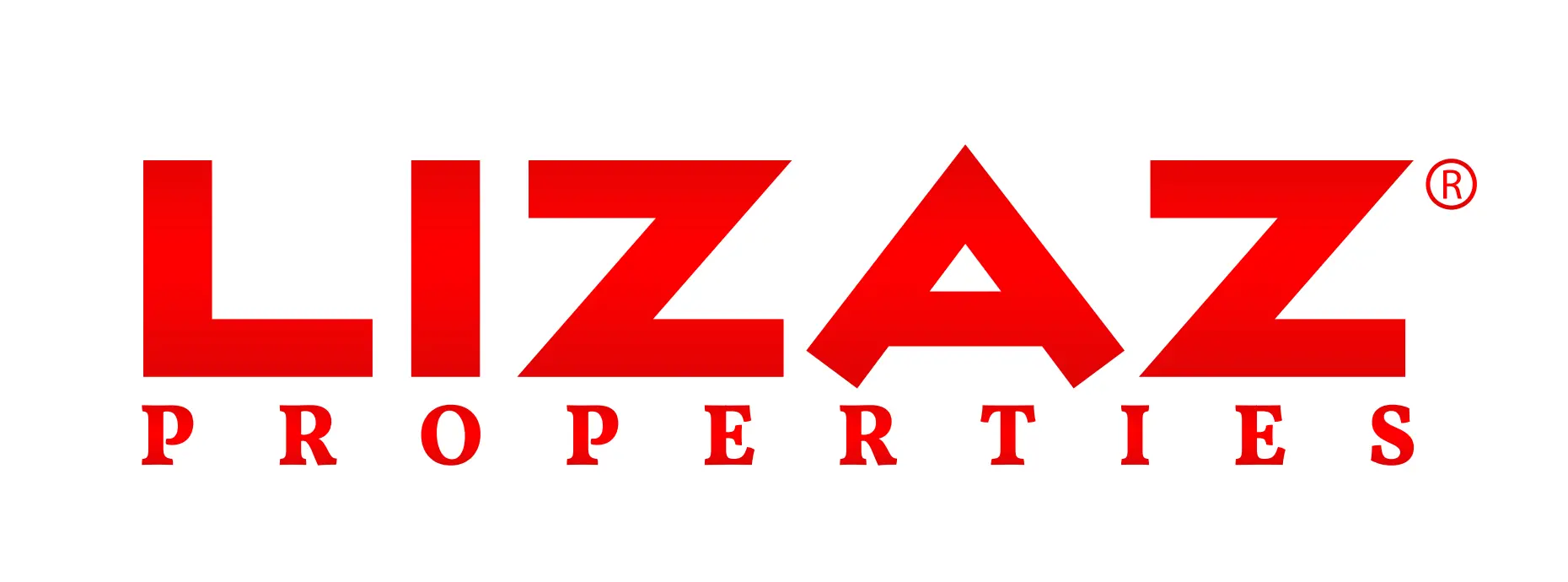
Purchasing a home is one of the most significant financial decisions you’ll ever make. Timing this decision correctly can save you thousands of dollars, secure better mortgage terms, and help you avoid the stress of a competitive market. But how do you determine the optimal time to purchase a home ? Is there a best season to buy real estate , or does it vary by region? In this guide, we’ll break down the science and strategy behind housing market timing strategies , equipping you with actionable insights to make a confident, cost-effective purchase.
Why Timing Matters: The Hidden Savings in Real Estate
The real estate market isn’t static—it ebbs and flows based on economic trends, seasonal demand, and inventory levels. For example, data from the National Association of Realtors (NAR) shows that homes listed in December often sell for 8% less than peak-season listings. Similarly, mortgage rates can fluctuate by 1-2% within a single year, drastically impacting your monthly payments.
By aligning your purchase with favorable conditions—such as low mortgage rates , high inventory, or a buyer’s market —you can maximize affordability and long-term equity. Let’s dive into the factors that influence timing and how to leverage them.
1. Decoding Real Estate Market Cycles: When to Strike
Understanding real estate market cycles is critical for identifying the ideal time to invest in property . Markets typically move through four phases:
- Recovery : Prices stabilize after a downturn; inventory is high, but demand is low.
- Expansion : Demand rises, prices increase, and inventory shrinks.
- Hyper-Supply : New construction outpaces demand, leading to price stagnation.
- Recession : Prices decline due to economic downturns or oversupply.
Actionable Tip : Aim to buy during the recovery phase , when prices are low and competition is minimal. For example, post-recession buyers in 2012 saw median home price appreciation of 8.4% annually over the next five years.
2. Seasonal Real Estate Trends: The Best Month to Purchase a House
Seasonality plays a key role in housing inventory and pricing. Here’s a breakdown:
- Winter (January–February) :
- Pros : Lowest competition, motivated sellers, and prices 2–5% below peak .
- Cons : Limited inventory.
- Best For : First-time buyers in cold-weather regions (e.g., Midwest).
- Spring (March–June) :
- Pros : Maximum inventory, ideal for families relocating before school starts.
- Cons : High competition, bidding wars.
- Summer (July–August) :
- Pros : Continued inventory, but prices peak in June.
- Cons : Buyers may rush decisions, leading to buyer’s remorse .
- Fall (September–November) :
- Pros : Prices dip as sellers急于 close before year-end; fewer buyers.
- Cons : Weather delays inspections in northern states.
Data Insight : A 2023 Zillow study found that buyers who closed in October saved an average of $10,000 compared to June purchases.
3. Economic Factors Affecting Homebuying: Rates, Inflation, and Jobs
Economic indicators like interest rate trends and inflation directly impact affordability. For instance:
- Mortgage Rates : A 1% drop in rates can reduce monthly payments by $250 on a $400,000 loan. Track the Fed’s rate decisions —rates often dip during economic slowdowns.
- Inflation : While rising inflation can push prices up, it also erodes purchasing power. Lock in fixed-rate mortgages before inflation spikes.
- Employment Rates : Strong job markets boost buyer confidence but increase demand.
Pro Strategy : Use tools like Freddie Mac’s weekly rate tracker to time your mortgage application. For example, buyers who locked in rates in late 2023 saved $300/month versus 2022 highs.
4. Regional Real Estate Market Peaks: Timing Local Opportunities
The best time to buy varies by location. Consider these regional trends:
- Sun Belt Cities (Austin, Phoenix) : Avoid summer peaks; target November–January.
- Northeast (Boston, NYC) : Post-holiday winter offers deals, but prepare for bidding wars in spring.
- West Coast (Seattle, San Francisco) : Fall is ideal as tech workers relocate, freeing up inventory.
Case Study : A Seattle buyer in September 2022 snagged a home 7% below asking due to post-summer inventory surpluses.
5. Buyer’s Market Conditions: How to Spot Them
A buyer’s market occurs when supply exceeds demand (6+ months of inventory). Key signs include:
- Price reductions on listings older than 30 days.
- Days on Market (DOM) exceeding 45 days.
- Seller concessions (e.g., covering closing costs).
Action Step : Use Redfin or Realtor.com to filter for “price drops” and “contingent offers” in your target area.
6. Down Payment Strategies for Homebuyers: Timing Your Savings
A larger down payment (20%+) strengthens offers and avoids PMI. Time your savings to align with market dips. For example:
- 2024 Prediction : Experts forecast a 5–10% price correction in overvalued markets like Boise or Phoenix.
Tip : Use a high-yield savings account to grow your down payment while waiting for the ideal time to invest in property .
7. Long-Term vs. Short-Term Homebuying Goals
Your timeline affects strategy:
- Long-Term (7+ years) : Focus on appreciation potential. Buy in up-and-coming neighborhoods.
- Short-Term (3–5 years) : Prioritize low-risk markets with stable prices (e.g., Midwest).
Example : A 2021 Austin buyer who planned to sell in 2024 might now face losses due to market cooling.
8. Avoiding Buyer’s Remorse: Emotional vs. Strategic Timing
Rushing into a purchase during a seller’s market often leads to overpaying. Mitigate risks by:
- Getting pre-approved to act fast when deals arise.
- Hiring a buyer’s agent to negotiate contingencies.
- Avoiding “FOMO” purchases in bidding wars.
9. Housing Inventory Fluctuations: When Supply Favors Buyers
Inventory levels are seasonal and cyclical. Monitor:
- New Listings : Spike in spring, dip in winter.
- Months of Supply : Aim for 6+ months for buyer leverage.
Tool :Market Hotness Index ranks metro areas by inventory trends.
10. First-Time Homebuyer Timing Tips: Navigating a Complex Market
First-timers should:
- Target low-competition months (Jan-Feb).
- Use FHA loans for lower down payments.
- Focus on “hidden gems” (e.g., fixer-uppers, off-market listings).
Conclusion: Your Roadmap to the Best Time to Buy a House
Timing the housing market requires a mix of data analysis, patience, and strategic action. Key takeaways:
- Best Season : Winter (Jan-Feb) for deals; fall (Oct-Nov) for balance.
- Economic Sweet Spot : Buy when mortgage rates dip below 6% and inflation stabilizes.
- Regional Strategy : Research local inventory cycles and price trends.
By aligning your purchase with these factors, you’ll secure a home that fits your budget and builds wealth for years to come.
Final Tip : Bookmark this guide and revisit it quarterly as market conditions shift. Happy house hunting!



